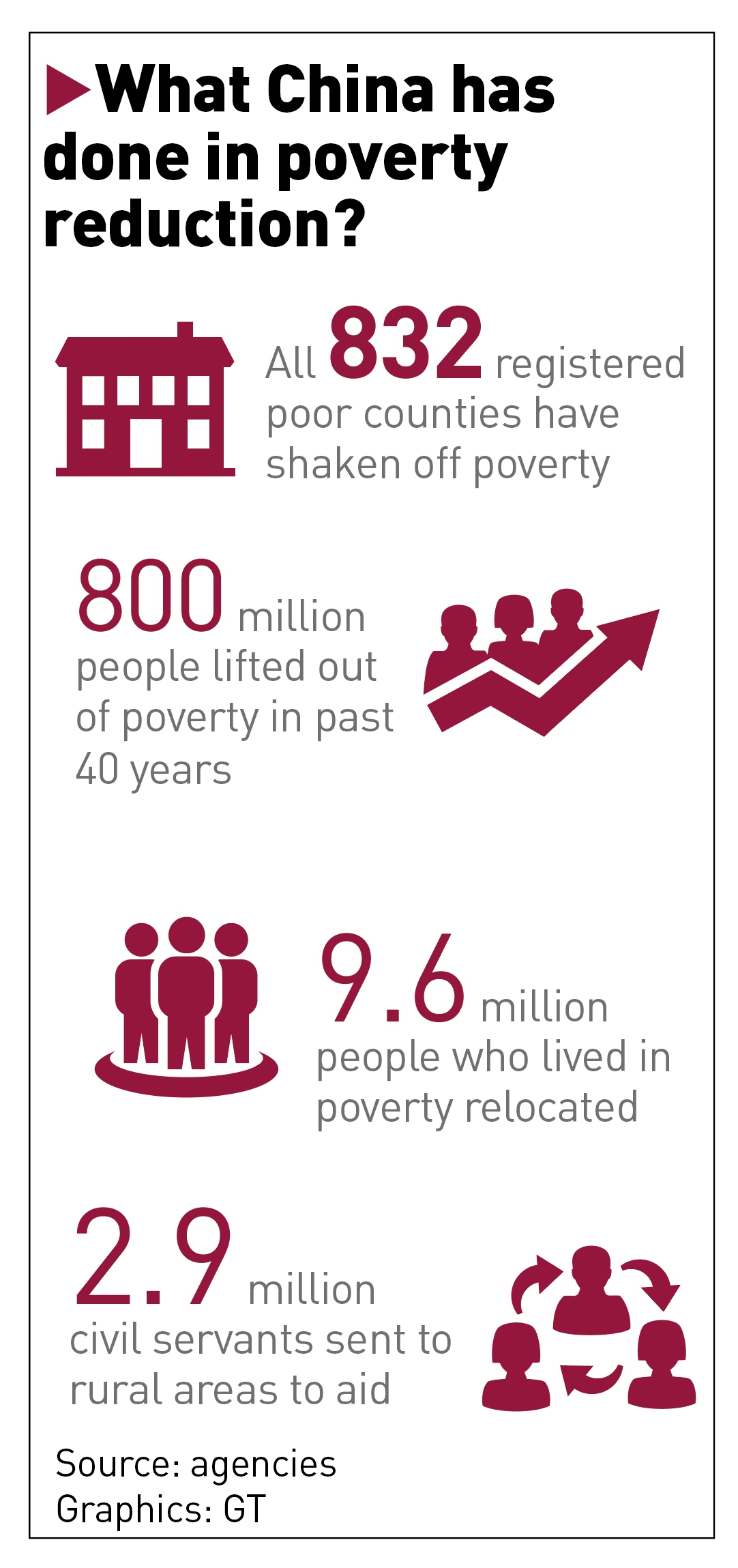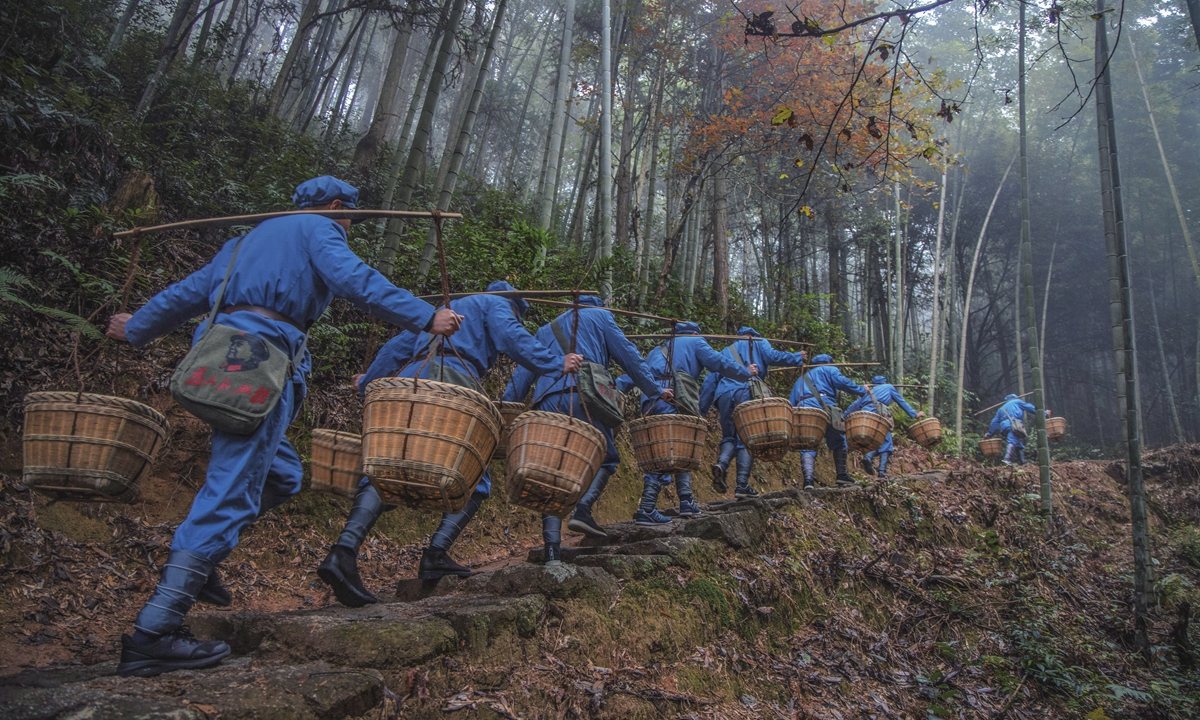
A group of local government employees experience the "Red Army path" during a training activity on December 10 in Yuantou village, Jinggangshan of East China's Jiangxi Province. Photo: Li Hao/GT
These people are experiencing "a day of life as the Red Army," which is a must-go event of the "red tourism" in Jinggangshan, East China's Jiangxi Province.
Every year, tens of thousands of people visit the county-level city, a sacred place in China's history of revolution in modern history, to trace and worship the Jinggangshan spirit - "overcoming difficulties with hard work and relying on the masses for victory."
Jinggangshan is known for being the "cradle of the Chinese revolution." In October 1927, the Autumn Harvest Uprising troops led by Mao Zedong marched to Jinggangshan, set up the first revolutionary base there. In late April 1928, the remainder of the army led by Zhu De and Chen Yi joined Mao in Jinggangshan and created the fourth Red Army.
The spirit of Jinggangshan has been well inherited even after 90 years. On February 26, 2017, Jinggangshan became the first poverty-stricken county that shook off poverty in China.
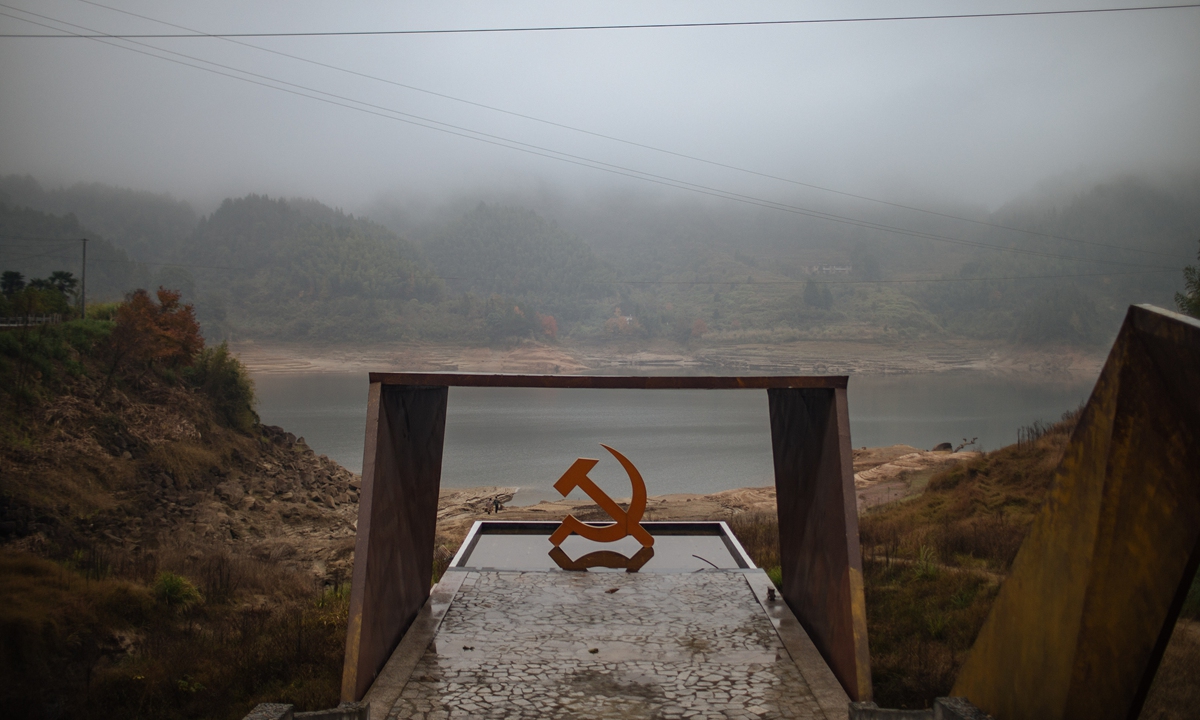
Jinggangshan Photo: Li Hao/GT
With its unique history, red tourism is now a pillar industry in Jinggangshan. Tourism has provided villagers with job opportunities with incomes and improved conditions.
In Yuantou village, where the first Communist Party of China branch of a village was launched, the "Red Army pathway" can attract around 50 groups every month, for sight-seeing or for communist studying and training.
Yuantou villager Hou Qingying's family earn money by providing "Red Army meals" for "a day of life in the Red Army" tour along with the other 30 families in the village. The meal for each person is about 35 yuan ($5.36), including seven dishes and a soup.
"Even though the price of pork rose, I still make 40,000 yuan a year," she told the Global Times. She also serves as a janitor in village, and compared to her previous job of cutting and selling bamboos, she prefers to the current one.
Peng Xiaying, 53, also benefits from the poverty-alleviation campaign. Peng's family was one of the poorest in Shenshan village, a remote mountain village in Jinggangshan that only had a road for cars in 2002.
The targeted poverty alleviation policy allowed Shenshan to develop an industry planting yellow peaches and tea leaves. The village also restored its environment and landscape to attract tourists with its Red Army spots.
Peng then opened a small family restaurant and offered bed-and-breakfast services, bringing her family an annual income of 120,000 yuan in total. She won a national award as a model of shaking off poverty in 2018 for her efforts.
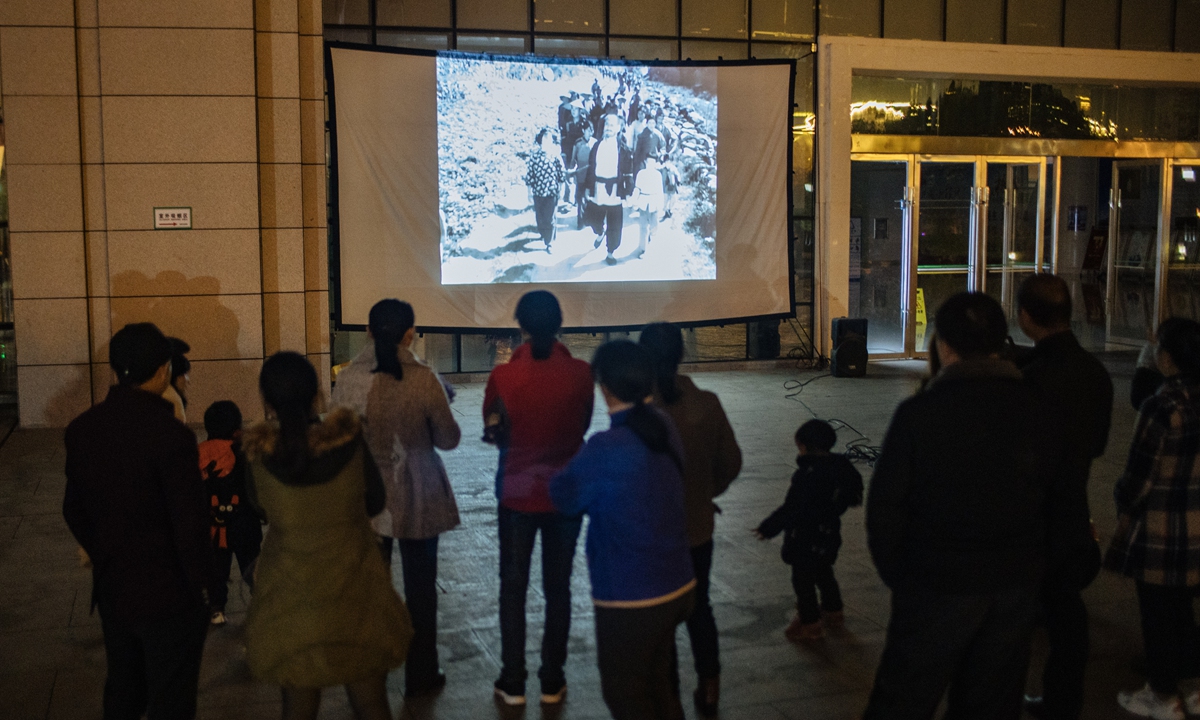
Jinggangshan Photo: Li Hao/GT
"The Jinggangshan spirit teaches us not to be afraid of the difficulties, which encourages us to stick to our faith and ideals in our work of poverty alleviation," Lai Zhicheng, deputy Party chief of Shenshan, told the Global Times.
In addition to tourism, Jinggangshan has introduced agricultural industries such as planting Jinggang grapefruit and vegetables, helping more poverty-stricken families in Jinggangshan achieve a better life.
"Jinggangshan will work its best to play a model and leading role in the journey of poverty-stricken counties shaking off poverty and striving for a well-off society," read a statement from the city's publicity department sent to the Global Times.
With years of battles against poverty, all 832 registered poor counties in China have shaken off poverty as of November 23. The last nine impoverished counties, all in Southwest China's Guizhou Province, have passed the assessment conducted by third-party agencies.
This indicates that China has achieved the historical feat of getting ride of extreme poverty. A group of local government employees experience the "Red Army path" during a training activity on December 10 in Yuantou village, Jinggangshan of East China's Jiangxi Province. Photo: Li Hao/GT
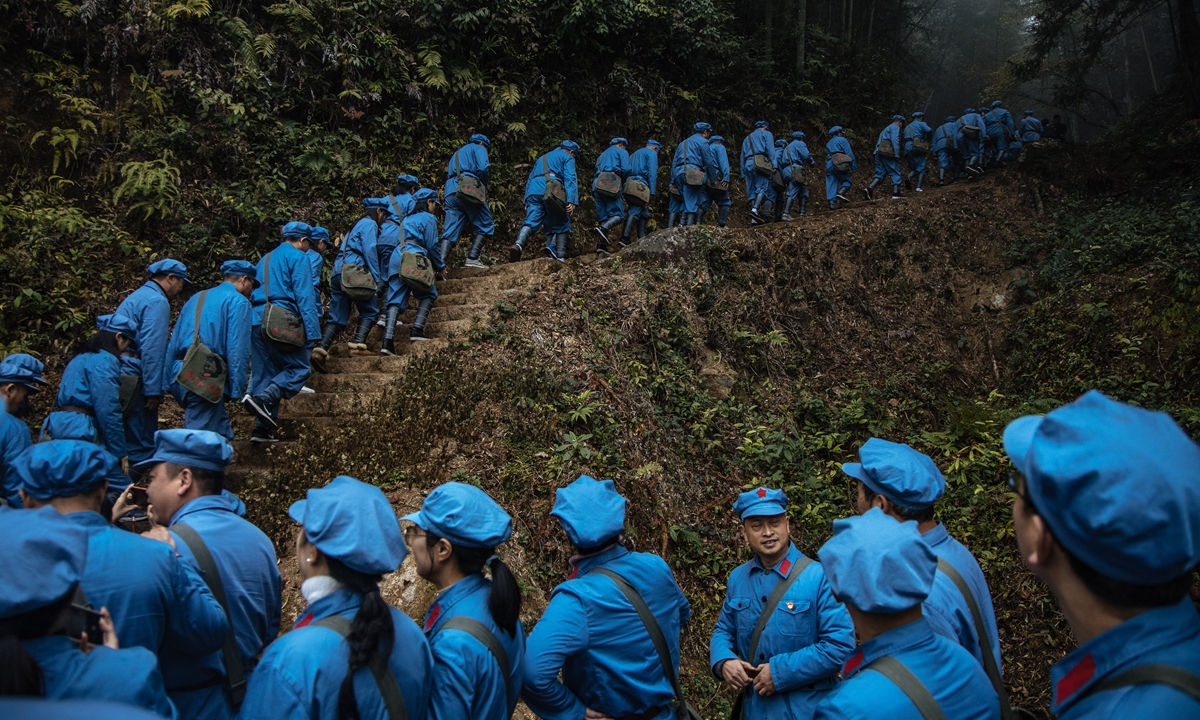
Moreover, through the years, at least 2.9 million civil servants and state-owned company employees in urban regions have been dispatched to rural areas to help local poverty reduction work.
Such a remarkable achievement is inseparable from China's system advantage, Yu Shaoxiang, chief research fellow with the Chinese Academy of Social Sciences, told the Global Times.
Over the past 40-plus years of reform and opening-up, more than 800 million people in China have been lifted out of poverty, contributing more than 70 percent of the global poverty reduction.
But it is not a stop mark of China's poverty alleviation work. Aid and policy support to less-developed regions will continue alongside assessments and inspections.
UN Secretary-General Antonio Guterres has spoken highly of China's success in poverty reduction, calling the achievements "very strong." China��s experience can help more people in the world to improve their standard of living. GT
